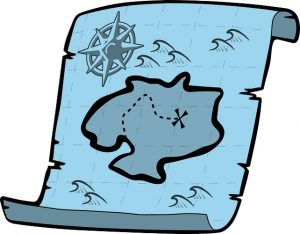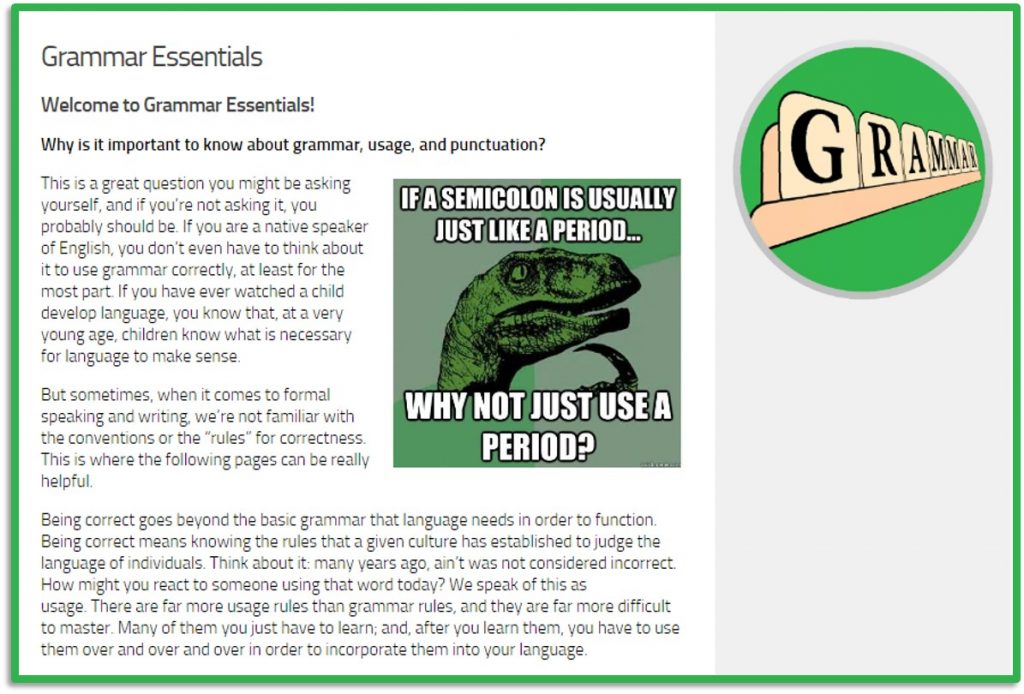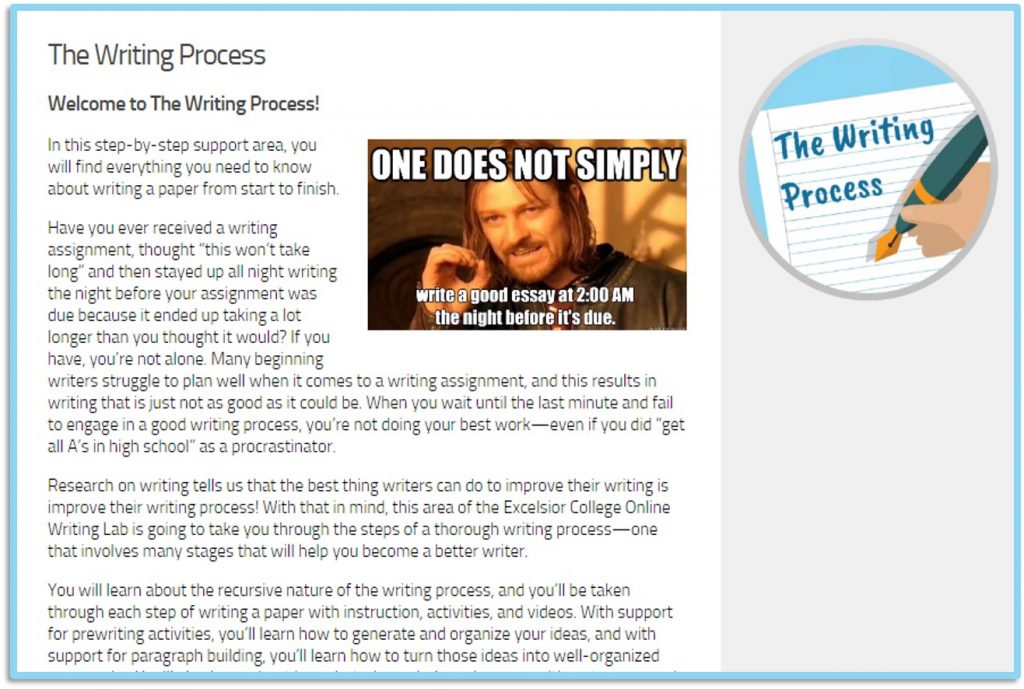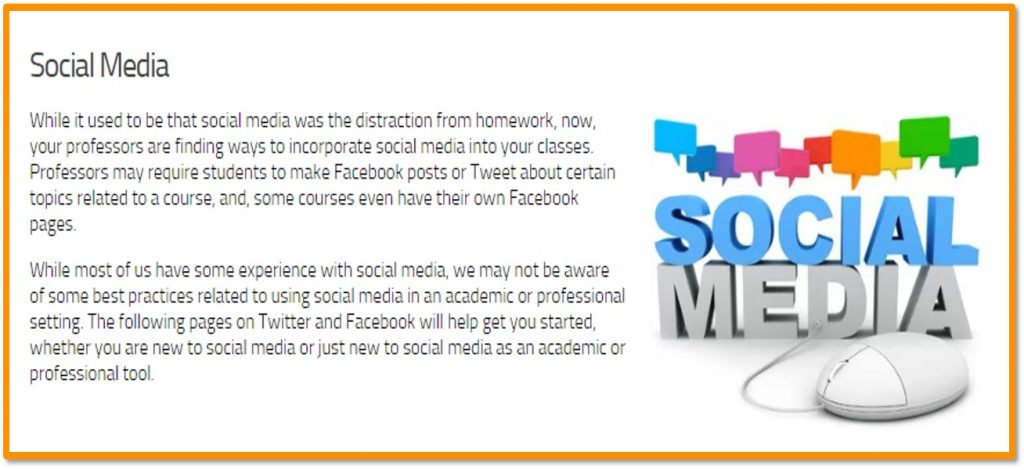Excelsior OWL: Beyond the Writing Assignment
By Christie Allred
I can’t count the number of times I’ve told my students “writing will help you not only in this class, but in all your classes; and really… in life.” I’d throw out a few examples: emails to a boss or coworkers, history papers, memos, and any others I could think of off the top of my head. And speaking of heads, I’m sure those words and examples floated right over theirs.
So I did what any baffled instructor would do; I let them figure it out themselves. Blogging, resumes, work emails, and everyday tweeting wasn’t something that I assigned them to do. I battled over how to show them that the OWL could be useful for them outside of the classroom. I wanted them to use the OWL long after they left my class and throughout their college career.

I start with campus scholarships and personal statements. Any student would welcome free money, I assume. Every student has to research a campus scholarship and bring to class the writing question for that award. Not every student comes with a question, so I put them in groups and have them answer three main questions and prepare a 5-minute lesson/presentation for the class:
- What is the question asking? Where in the OWL can you get help with determining your purpose?
- How you can answer this question effectively and how many different approaches will work? Include two parts of the OWL that will help you with organization and planning.
- What other parts of the OWL do you recommend for this project and why?
Exploring the OWL then becomes somewhat of a scavenger hunt for information. For number one they can find their answers in the What’s My Assignment section of the OWL. Students can explore different ways to approach their assignment. To help with purpose they can use the “Audience” or “Voice” sections. They find examples of strong voice, style and purpose, each a separate page on the OWL. For effective writing and planning, there are two main sections of the OWL they can access: The Writing Process and Research. The Research section of the OWL outlines an 8-week or a 16-week project, so depending on their time frame they can plan accordingly. If it is a 2 or 3 week cycle the Writing Process outlines the steps to organized writing.

Lastly, for number 3, I get a range of answers from students. Some groups go straight to the grammar section of the OWL, Grammar Essentials, and others focus on the Thesis Statement, or Focusing your Topic. I suggest they look at Critical Thinking for any essay and we always do a quick review of documentation if they need it. Their exploration of the OWL shows them how they can find it’s purpose outside of our classroom. Then I encourage each student to write and apply for a scholarship (okay… I also offer extra credit). I promise to be at the scholarship dinner for any one of my students that is awarded. Two free tickets for dinner and their name in the banquet brochure is the additional motivation!

“How many of you plan on transferring to a 4-year institution?” Usually more than half raise their hands. I emphasize that their personal statement can make the difference in acceptance or denial. They’re slightly interested. Then I show examples of personal statements. We critique. And then I say “Guess how you can write a focused, interesting personal statement?” They get it by now and pull up the OWL, where they find what they need in the section on the Writing Process.

This sections covers the specifics of focus, audience, and purpose. Not only do they get the OWL, now they use it.
But before the semester ends, we really dig in.
Toward the end of the semester, their papers are turned in and their projects are almost behind them. I know they’ll be moving on to other English classes, and a lot of other classes in disciplines that they think aren’t related to writing. “Not true,” I assure them. We go back to my statement at the beginning of the semester where I tell them how they will always use writing. And again… I challenge them to tell me where they will use writing in other classes. I use the Rhetorical Styles section of the OWL for examples. We cover speech, history, art, and health sciences.

With only two to three weeks left in the semester, I open the floodgates… “Take out your phones,” I say, “and share a tweet, post, or something you’ve shared on social media.” And that’s when we head to the Online Writing Portion of the OWL. Their peers get to judge the effectiveness of their posts, tweets, or statements. We discuss visual analysis and how a photo represents words as well. Our campus and our class uses Blackboard, so we talk about effective discussion board posts, using examples from our class. The discussion that benefits me the most is the one where I delete the names, but show sample emails that I’ve received from students. They laugh, but they also see how I respond and they get to really look at how they are perceived when they are only a name and an email.
Surely, the OWL is a tool for writing process, research, and all those things these we want our students to do as writers, but it is also a fantastic resource for students. My last email to my students at the end of the semester is a reminder that the OWL is free, that they should use all the resources on campus to be successful students. And I also remind them that at home, at work, and at play (social media), the OWL is available to help them be successful beyond the English classroom.
Christie Allred is an English Professor and the Puente Co-Coordinator at San Diego Mesa College and serves on the OWL Advisory Board. She is also a member of the OWL Outreach Team and will be presenting the OWL at multiple national conferences during the next two years.
